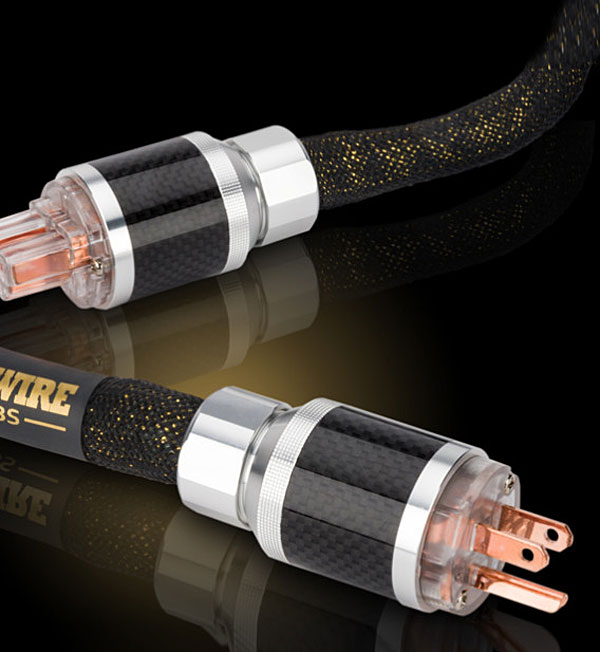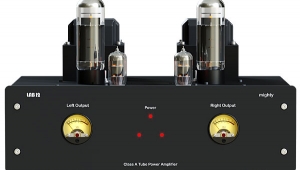| Columns Retired Columns & Blogs |
That's some dog you got!
I've had a few dogs that were startled by an unexpected sound here and there emanating from the Hi Fi, but none to a degree that an AC power cord ever produced such audible improvement that the change would startle them. I keep déclassé dogs, I guess.
Kudos to your uncannily clever and critical canine compatriot! That is one perceptive perspicacious percipient pooch who can perceive the pulchritude of a properly prepared power cord!
_
I heard that Herb's dog is so perceptive that it stands and barks at the space between the speakers when listening to The Beatles' "All My Loving" in mono, and then barks at only the right speaker when listening to the stereo version.
;-D












































